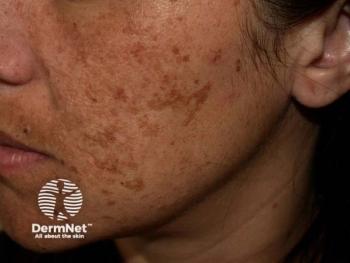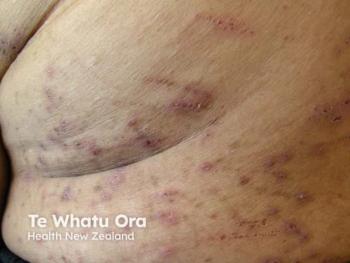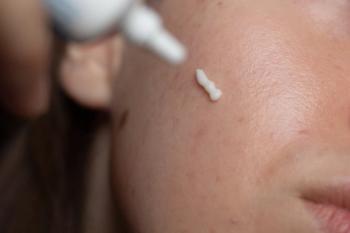
Top 5 Articles of the Week: July 27-August 1
Key Takeaways
- Acne burden in young women is rising globally, with projections indicating continued growth until 2040, based on Global Burden of Disease data.
- Alopecia treatment advancements include JAK inhibitors and trichoscopy, as discussed at the 2025 SDPA Summer Dermatology Conference.
Explore the top headlines of the week, including insights on the latest clinical trials, therapeutic updates, and more.
To stay up to date with the latest dermatology news, sign up to receive our
1. Acne Burden is Growing in Young Women Across the World, New Study Finds
Recent data has analyzed global trends in acne burden in young women of reproductive age over the last 31 years. The burden has risen in all age groups and will continue to grow, with a forecast up to 2040. Results were extracted from
“The growing availability of high-quality datasets, such as the GBD Study, provides unprecedented opportunities to assess disease distribution, trends, and determinants across populations. While acknowledging the limitations of modeled estimates—particularly in data-scarce regions—GBD remains the most comprehensive source for understanding global health patterns,” the researchers wrote.
2. What’s Shaping the Future of Alopecia Treatment, According to Leading Clinicians
Hair loss was a front-and-center theme at the
Across several sessions, dermatology clinicians received a tool kit of diagnostic and therapeutic insights, from the evolving role of Janus kinase (JAK) inhibitors to the diagnostic power of trichoscopy and the hidden role of allergic triggers. We've compiled a list of the top 3 takeaways from talks on hair loss.
3. FDA Approves LEO Pharma's Delgocitinib for Adults With Moderate to Severe Chronic Hand Eczema
The US FDA announced the approval of delgocitinib cream (Anzupgo; LEO Pharma Inc.) for adults with moderate to severe chronic hand eczema (CHE) who have not responded adequately to prior topical corticosteroids or for whom corticosteroid use is not advisable. This makes delgocitinib the first and only FDA-approved treatment for this patient group.
"It is truly exciting that topical delgocitinib is now FDA-approved in the United States for patients suffering from chronic hand eczema," said Christopher Bunick, MD, PhD, associate professor of dermatology at Yale School of Medicine in New Haven, Connecticut, and editor in chief of Dermatology Times, in a statement. "Delgocitinib represents the first approved medication specifically indicated for chronic hand eczema of all subtypes. This is a tremendous win for CHE patients who need a highly efficacious non-steroidal therapy they can use safely."
4. AI Trends in Dermatology: Talking With David Cotter, MD, PhD at DERM 2025
"I could have given an hour-long talk on AI for essentially any disease state we have in dermatology," David Cotter, MD, PhD, told Dermatology Times at the DERM 2025 NP PA CME Conference in Las Vegas, Nevada. "I decided to take a bit of an approach to do a high-level potpourri, because it's more important to understand what's happening in AI from large trends that are affecting the entire house of medicine."
One of the upsides of AI in dermatology and all of medicine is its ability to manage some of the administrative tasks that take clinicians away from the things that matter most, like patient care. "Things like AI scribes are decreasing the amount of time we're spending on notes, things like AI prior authorizations—helping our patients get the medicines and the procedures that they need," explained Cotter, is a dermatologist at Las Vegas Dermatology.
5. In Memory of Robert Sidbury, MD, MPH
Robert Sidbury, MD, MPH, a prominent figure in pediatric dermatology, died unexpectedly on Friday, July 11, 2025. Dr Sidbury, 61, was the chief of dermatology at Seattle Children’s Hospital and a professor in the University of Washington’s Department of Pediatrics. His death has deeply saddened the dermatology community, including those in the Society for Pediatric Dermatology (SPD), the American Academy of Dermatology, and the Pediatric Dermatology Research Alliance, where he was a proud member and leader.
The SPD held a special tribute to honor Dr Sidbury’s life and contributions at its
Newsletter
Like what you’re reading? Subscribe to Dermatology Times for weekly updates on therapies, innovations, and real-world practice tips.


















